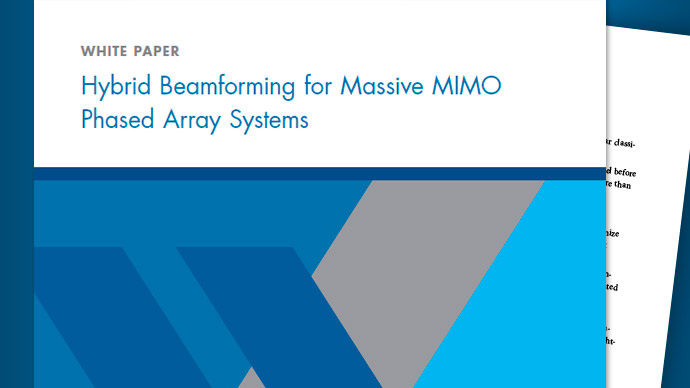Main Content
sectorInvertedAmos
Create inverted Amos sector antenna
Description
Use thesectorInvertedAmosobject to create an inverted Amos sector antenna consisting of four dipole-like arms. The antenna is fed at the origin of the dipole. The dipole arms are symmetric about the origin. The operating frequency of the antenna is at 2.45 GHz wireless.

Creation
Description
amossector = sectorInvertedAmoscreates an inverted Amos sector antenna with four dipole-like arms.
amossector = sectorInvertedAmos(Name,Value)sets properties using one or more name-value pair. For example,amossector = sectorInvertedAmos('ArmWidth',0.2)创建一个反向与偶极子widt阿莫斯部门h of 0.2 m. Enclose each property name in quotes.
Properties
Object Functions
show |
Display antenna or array structure; display shape as filled patch |
axialRatio |
Axial ratio of antenna |
beamwidth |
Beamwidth of antenna |
charge |
Charge distribution on metal or dielectric antenna or array surface |
current |
Current distribution on metal or dielectric antenna or array surface |
design |
Design prototype antenna or arrays for resonance around specified frequency |
efficiency |
Radiation efficiency of antenna |
EHfields |
Electric and magnetic fields of antennas; Embedded electric and magnetic fields of antenna element in arrays |
impedance |
Input impedance of antenna; scan impedance of array |
mesh |
Mesh properties of metal or dielectric antenna or array structure |
meshconfig |
Change mesh mode of antenna structure |
optimize |
Optimize antenna or array using SADEA optimizer |
pattern |
Radiation pattern and phase of antenna or array; Embedded pattern of antenna element in array |
patternAzimuth |
Azimuth pattern of antenna or array |
patternElevation |
Elevation pattern of antenna or array |
rcs |
Calculate and plot radar cross section (RCS) of platform, antenna, or array |
returnLoss |
Return loss of antenna; scan return loss of array |
sparameters |
Calculate S-parameter for antenna and antenna array objects |
vswr |
Voltage standing wave ratio of antenna |
Examples
See Also
Introduced in R2017b



